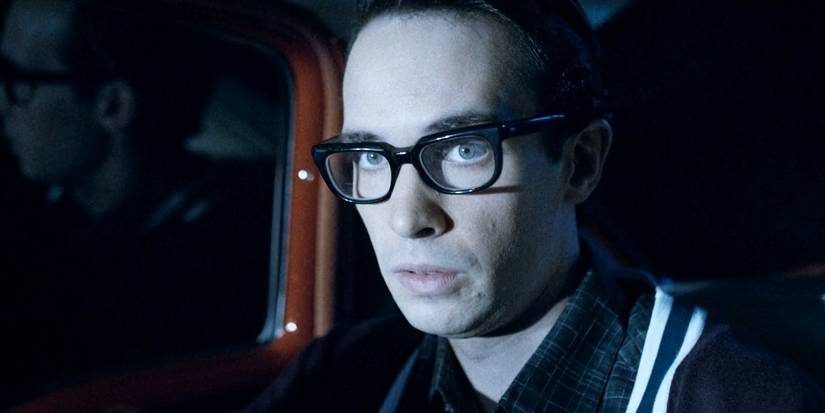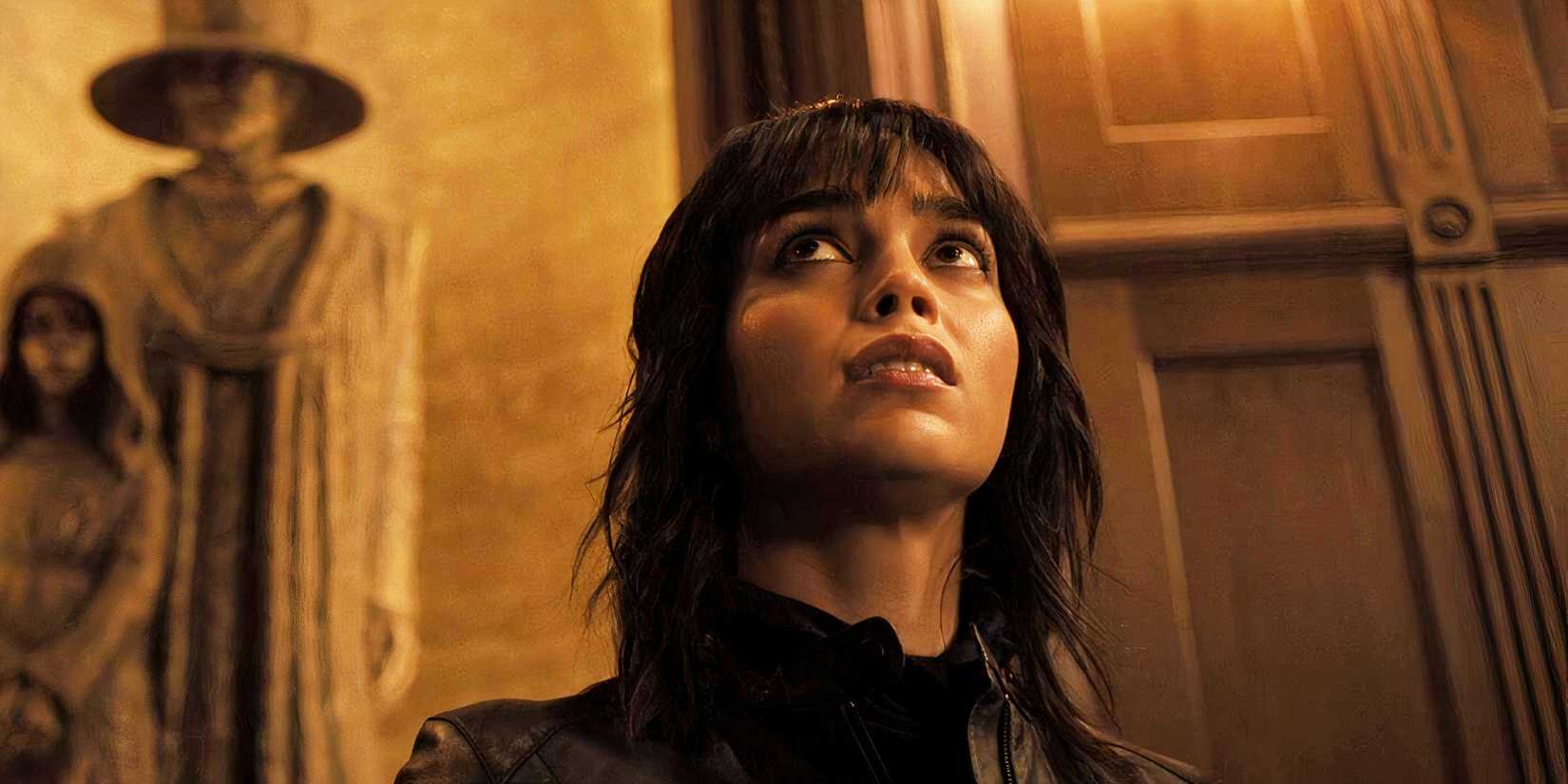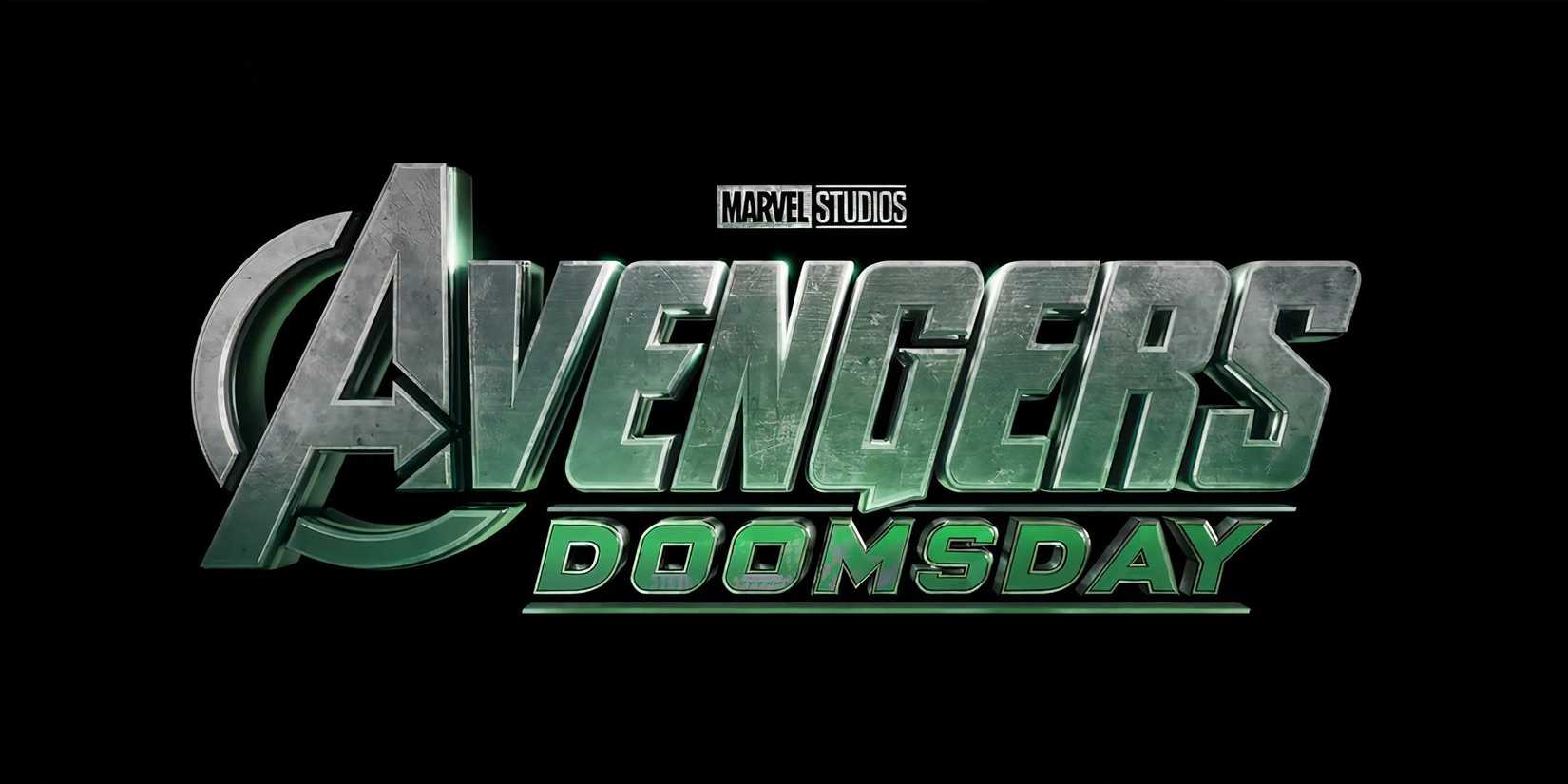The science fiction genre is known for its gigantic budgets, but some of the all-time greats got things done at a fraction of the cost of the Hollywood blockbusters. Sci-fi is perhaps the most versatile genre in cinema, and it has allowed filmmakers to express their imaginations and push the boundaries of what’s possible.
Though sci-fi has changed drastically in the last 100 years, many of the same themes and ideas dictate the development of the genre. It’s all about using the impossible to explore concepts that reflect modern-day issues, even if those issues are hidden behind an outlandish plot. That remains consistent, even if the movies themselves are wildly different.
Creating the futuristic worlds and technology of sci-fi often takes a lot of money, and the genre is notorious for having inflated budgets. However, some movies are able to achieve the same effect for a lot less, and some low-budget films even outshine their expensive counterparts. The best low-budget sci-fi films prove that the story is the most important part.
Galaxy Of Terror (1981)
Producer Roger Corman was the master of low-budget cinema, and his Alien ripoff, Galaxy of Terror, was a showcase of his cost-cutting skills. The futuristic story concerns a space crew who are stranded on a planet and tormented by the physical manifestations of their fears. Made for an estimated budget of $700,000 (IMDb), the sci-fi horror stretched every dollar.
Galaxy of Terror is far from a perfect film, but it features great performances and some shockingly impressive special effects. It’s ambitious and surreal, and certainly deserves credit for trying something new instead of borrowing every plot point from the film it is cashing in on. It hasn’t aged well, but is like a time capsule of early ’80s grindhouse.
Timecrimes (2007)
There are quite a few underrated time travel movies out there, but few are as simple-yet-effective as 2007’s Timecrimes. The Spanish thriller involves a man who is caught in a time travel causal loop, and must eliminate other versions of himself. The Numbers reports that the movie was made for $2.6 million, far less than any Hollywood sci-fi project.
The film brilliantly saves money by putting its focus on the thriller and slasher elements, and keeps the hard sci-fi to a minimum. The imagery is stark and eye-catching, and there is a straightforward simplicity that is a counterpoint to the film’s complicated plot. Timecrimes is a great movie for what it doesn’t do, as much as what it does.
Coherence (2013)
The key to a great low-budget sci-fi movie is a strong story, and Coherence delivers a compelling narrative. A dinner party takes a turn for the weird when a pᴀssing comet causes the partygoers to become desynched with their reality. The film was made for the incredibly low cost of $50,000 (IMDb), but it lost none of its impact.
Coherence fits in the mind-bending category, so its twists and turns don’t really cost that much money to show onscreen. The framework of the story is pure sci-fi, but the relatively mundane setting helps keep costs down. The film’s screenplay puts Hollywood to shame, and proves that the essence of a great film comes from its ideas, not its spectacle.
Predestination (2014)
Ethan Hawke has starred in several underrated sci-fi movies, but Predestination is one of his cheaper jaunts into the genre. Hawke stars as a temporal agent who is dispatched on one last case, where he must prevent a bombing. The $5 million (IMDb) gem has some decent makeup and effects, but that’s not the point of the story.
The real power of Predestination is its character work, anchored by stellar performances from Hawke and co-star Sarah Snook. Like all great science fiction stories, the time travel paradox at the heart of the film is just exciting window dressing for the themes of idenтιтy and destiny below the surface.
The Man From Earth (2007)
Low-budget films were less likely to succeed before the advent of streaming, but The Man From Earth gained a groundswell of support via online sharing. Penned by sci-fi scribe, Jerome Bixby, the film is about a college professor who reveals that he’s actually thousands of years old. The $200,000 project (LA Times) didn’t need a huge budget to succeed.
The bulk of the film takes place at a retirement party, and consists of scenes of debate between the ancient professor and his colleagues. Though the science fiction is implied, the film is as entertaining as any big-budget blockbuster because of the тιԍнт writing and wonderful acting. Bixby wrote for Star Trek, so the film has a classic sci-fi vibe.
Moon (2009)
Stark sci-fi sets and environs are popular now, but Duncan Jones’ Moon was one of the first modern films to pioneer the simplistic approach to design. Sam Rockwell plays an astronaut who is about to end his lengthy stint on the moon, when he becomes afflicted with a mysterious illness. Made for only $5 million (The Guardian), Moon looks more expensive.
Rockwell carries the film playing multiple versions of himself, and the movie has a realistic look that doesn’t betray its minuscule budget. The complex and challenging story is what’s most important, and the film slowly reveals itself in a way that’s both satisfying and surprising. With only a fraction of the budget, Moon usurped 2009’s best movies.
Cube (1997)
The Canadian horror film, Cube, is like Saw but with a science fiction twists, and it’s an impactful low-budget thriller. A group of random people find themselves trapped in a series of cubic cells, each rigged with ᴅᴇᴀᴅly booby traps waiting to kill them. IMDb reports the movie was made for around $350 thousand CAD (or $240 USD).
Cube was followed by a sequel in 2002 and a prequel in 2004.
Making low-budget horror is usually easier than sci-fi, but Cube is impressive because it balances its genres neatly. The set is simple but effective, and the movie never gets dull despite repeating the same room over and over again. Some of the visual effects are cheesy and dated, but are actually on par with blockbuster cinema from the period.
Dark Star (1974)
A few years before John Carpenter blew the lid off of low-budget horror with Halloween, he delivered his feature film debut with Dark Star. The satirical sci-fi film concerns the foibles of an astronaut crew who are decades into a mission to destroy a rogue planet. Empire notes the film was made for $60 thousand over several years.
The fact that Dark Star started as a student film makes it more impressive, and the no-budget cult classic is irreverent and downright hilarious. It certainly looks like a movie made for 60 grand, but the writing and direction make up for its financial shortcomings. Though it was his first, it’s arguably better than some of John Carpenter’s other movies.
Primer (2004)
Primer is the result of an extremely intellectual screenwriter and a complex analysis of time travel tropes. The plot concerns some tech gurus who accidentally make a time machine and become obsessed with quick trips through time. The film was made for $7,000 (indieWire), making it one of the cheapest sci-fi flicks ever.
The movie makes the brilliant decision to never compromise its ideas, so the technical jargon is complicated and somewhat alienating. However, the human elements of the story are also quite strong, so the quick-and-cheap film is also accessible. Rarely has time travel seemed so frightening and dangerous.
The Vast Of Night (2019)
Sci-fi is usually expensive, and so are period pieces, so The Vast of Night is doubly impressive by pulling off both with a tiny budget. In the 1950s, a telephone operator and radio DJ intercept strange signals that they believe to be extraterrestrial. The movie was made for only $700,000 (indieWire), which is considered a micro-budget in the modern era.
The operative word for The Vast of Night is atmosphere, and the film creates a creepy ambiance using the art of cinema instead of flashy spectacle. The performances are natural and down-to-Earth, and the whole film feels real, even its period setting. Science fiction movies like The Vast of Night beg the question: where does all the money go?















